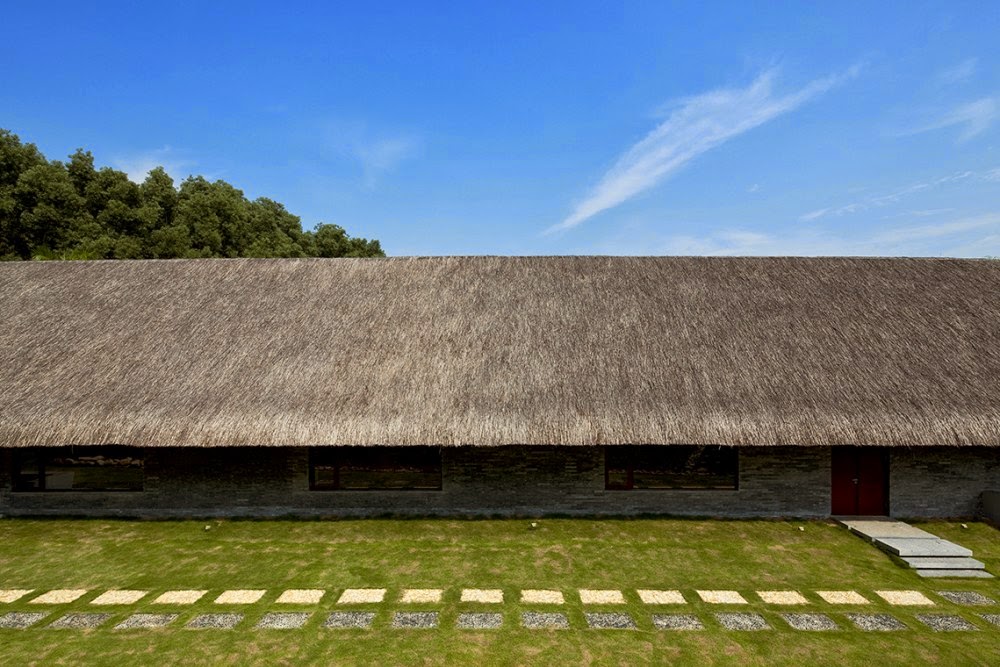If one "is", one knows "is not". They are intrinsically linked, as you already know. The same train of thought allows that the grand curse of knowing is not knowing, and where we have certainty we have doubt. This paradox is at the core of our species definition, and is the prime obstacle standing in the way of the success of our human survival project.
Our self sense conflicts with our collective sense with far more grievous consequences that the same conflict in other life forms. Despite all we know, or imagine to know about our self sense, we yearn for the collective, the sense of belonging to more than our own lonely, fragile body, and so we move to one while we flee another, making a choice. This, then, is the prime human dilemma; we are a species of choices circling around an origin of "knowing" (see Industrialized Knowing 2.3), the first choice of which is choosing what "knowing" is.
"Knowing" not-knowing is rooted in our sense of mortality, our sense of limited time on this planet, and this awareness of an edge to our existence has has put us at a disadvantage with respect to the "unknowing" species, of which are all others. Though all species have some sense of their finite time, and hence their efforts toward survival rather than death, we are the lone one to ponder this end, to put into play the multitude of choices available prior to our unavoidable, choiceless destiny. This preoccupation with our mortality and choice has given rise to the world's religions, which attempt to ween us from this fear of the greatest unknown with promises of salvation if only this or that path is the one chosen. Despite all the promises offered by religion, they have failed to alleviate the fear most of us have of death. After all, Christianity says that after you die, you can be with your family and friends, provided they (and you) lived a life on the path prescribed by the powers that be. What could be better? Thus the success of Christianity and Islam, just as Coke satisfies.. .
If we could know even an element of truth about this subject, we would live as if death were but an extension of life, for we would know that ones death is but an offering to another life of one form or another. We would know that we should be consumed by another creature so that creature's life may be extended until it too is offered to another. We see this acting out on all levels of life outside our own, yet we exclude it from our possibility of being. Why should this be? How can it possibly be that we are outside the life of all others that have been occupying this planet for millions of years prior to our evolution (and from which we came)? Is this not a choice we made? Is it not a function of belief, the poor 3rd state of knowing, carrying the day over the scientific, 2nd state of knowing? The industrial says that we must kill in order to live, that life depends on the consumption of other life in order to sustain itself, yet we've isolated our being and imagined an exception to the rules of this life, as if we were special and exceptional, making our way to heaven or hell when in fact we'll rot on the ground if not stored beneath. Enjoy your doughnut lads!
The central role of choice in the human condition results in the multitude of flowers we petal to each other, and for many this results in the joy of being alive. The choice of which form of knowing is the one about which we make decisions is the perilous one that has us contemplating the dark future endless reproduction and the chasing of capitalistic progress has us lined up for. Industrial thought says that nothing matters aside our survival, but to ensure it we need to recognize the 2nd form of knowing over the 3rd; scientific, empirical knowing over belief.
What do we gain if we accept the concept of the industrial? What form of salvation does it offer the masses?
The opportunity i see, and one i understand to be important and central to all ideas about our selves, is to offer this simple idea of salvation, with thanks to philosopher Luc Ferry for providing the context for thoughts about salvation and the central role it has in the history of philosophy. This version of salvation offers that by understanding that all life forms are equal in their shared state of being alive, with survival and propagation our sole purpose on this planet until our time as individuals expires, we aren't a more special life form than any other. It offers that our life will be given to others, across species but within the life force as it exists as an entity of the universe, with the rocks and gases, shared among all the living and helping with the common goal of the survival of each within the collective survival of all, such that we may live in a state of harmony with the cosmos, the life force, the industrial
.



























